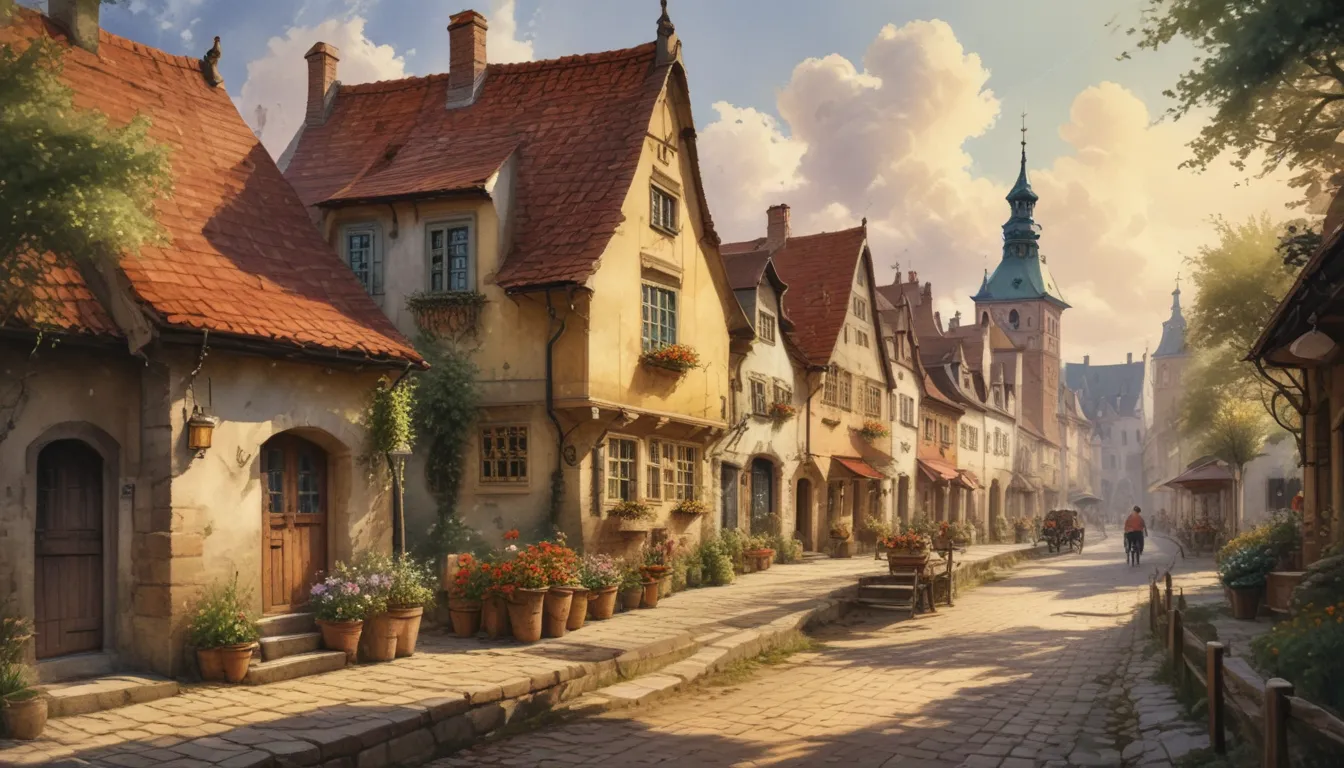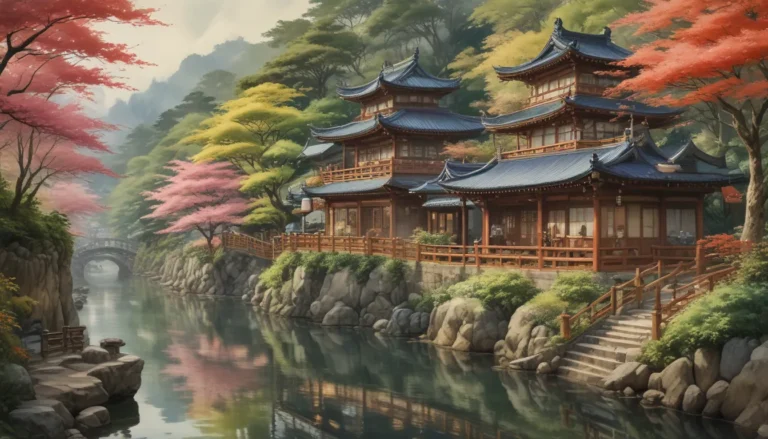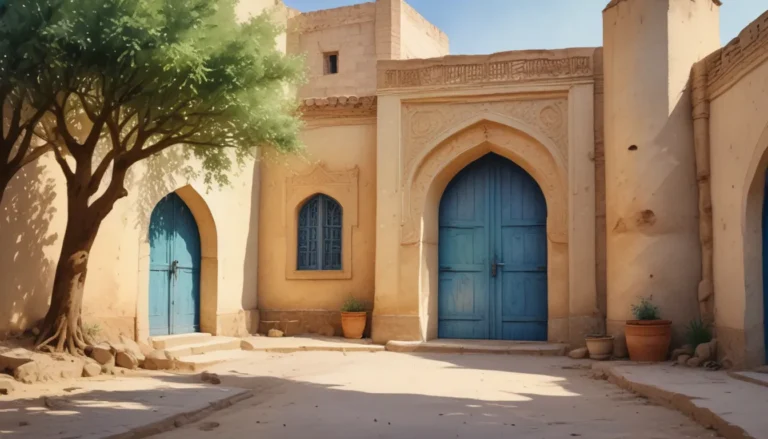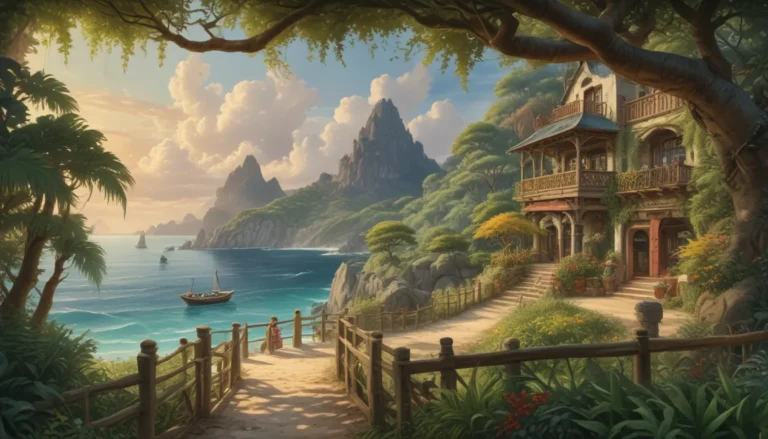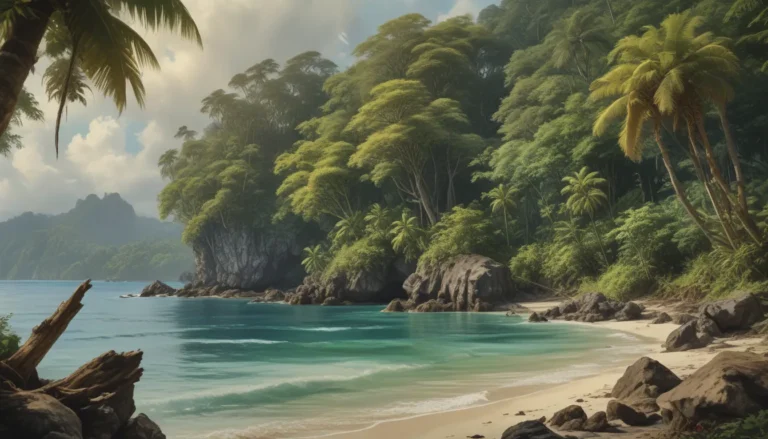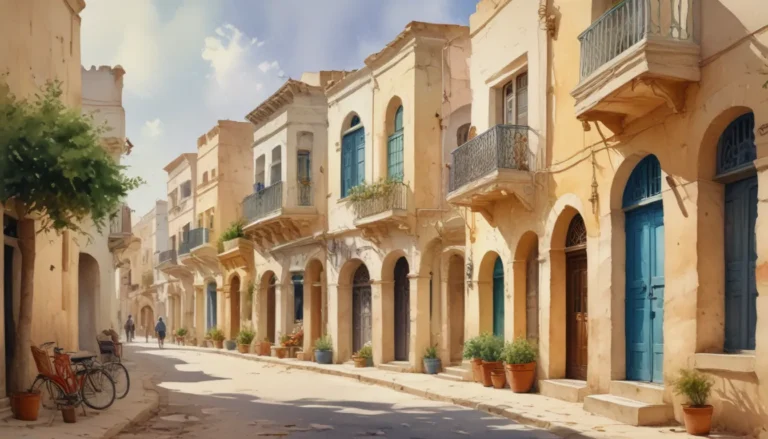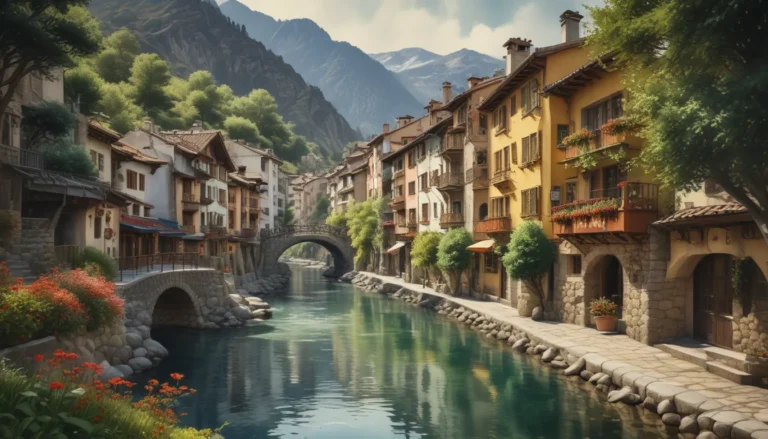The images in our articles are for illustrative purposes only and may not exactly match the content. They are intended to capture your interest and complement the text, not to replace it.
Welcome to the enchanting world of Poland, a country steeped in centuries of history, Jewish heritage, and medieval architecture. Dive into the rich tapestry of Poland with a plethora of fascinating facts that will inspire you to explore this magical land on a whole new level. From the intricacies of Polish language to the awe-inspiring castles, let’s embark on a journey to uncover the hidden gems of Poland.
Unveiling Poland: Quick Facts
- Poland is Europe’s 9th largest country with a land area of 312,685 square kilometers.
- Approximately 38.5 million people call Poland home.
- Poland gained independence from Russia on November 11, 1918, establishing itself as a Republic.
- The earliest recorded ruler of Poland, Mieszko, dates back to 963 A.D.
- In the 10th century, Poland embraced Christianity.
Journey Through Poland’s Heritage: Essential Facts
- The name “Poland” derives from the tribe “Polanie,” which means “people living in open fields.”
- King Kazimierz Jagiellończy was bestowed the title “Father of Europe.”
- The invasion of Poland by Germany marked the beginning of World War II.
- Poland transitioned to a multi-party democracy in 1989 after years of communist rule.
- There are over 2,000 lakes scattered across the picturesque landscape of Poland.
- Poland boasts a unique alphabet of 32 letters, compared to the English alphabet’s 26.
- Piwnica Swinicka, dating back to 1275, stands as Europe’s oldest restaurant.
- The infamous Auschwitz Concentration Camp stood as a grim reminder of the atrocities of World War II.
- Poland’s beloved white-tailed eagle serves as the national symbol.
- The country is predominantly Roman Catholic, with nearly 90% of the population following the faith.
Embracing the Marvels of Poland: Interesting Facts
- Poland houses a staggering 16 UNESCO World Heritage Sites, captivating visitors with their cultural and historical significance.
- The Malbork Castle, a World Heritage Site, stands as Europe’s largest brick structure, boasting an area of 52 acres.
- The Christ the King statue in Świebodzin, Poland, reigns as the tallest statue of Jesus in the world.
- The first streetlamp was invented by Polish engineer Ignacy Lukasiewicz in 1853.
- Renowned astronomer Nicolaus Copernicus, hailing from Poland, revolutionized modern astronomy with his Heliocentric Theory.
- The International Fryderyk Chopin Piano Competition, founded in 1927, is a testament to Poland’s musical heritage.
- Pączki, traditional Polish doughnuts, are a beloved treat enjoyed especially on Fat Tuesday.
- Poland’s oldest university, Jagiellonian University, dates back to 1364, making it the country’s educational pillar.
- Visitors flock to the Białowieża Primeval Forest to witness the majestic European bison, the heaviest land animals in Europe.
Delving into Polish Traditions and Customs
- Marzanna-making, a cherished tradition in Poland, symbolizes bidding farewell to winter with the burning of straw dolls.
- The Feast of St. John the Baptist on June 21st marks a unique celebration in Poland, with a ritual involving wreath-floating and fortune-bringing candles.
- Zapiekanka, Poland’s twist on pizza, eschews tomato sauce for a delectable blend of mushrooms, ketchup, and melted cheese.
- Wrocław, the artistic capital of Poland, dazzles visitors with a plethora of annual festivals ranging from jazz acts to literature.
- Polish people celebrate their “Name Day” with as much fervor as their birthdays, honoring saints they are named after in calendars.
Stepping Into Poland’s Complex Past
- Poland vanished from the world map between 1772 and 1795, enduring numerous insurrections to reclaim its rightful place.
- The compelling Battle of Monte Cassino remains etched in Polish history as a pivotal moment in World War II, showcasing the resilience and valor of Polish soldiers.
- The Polish nation faced tumultuous periods under Communist rule from 1939 to 1989, enduring hardships and restrictions on their freedom.
Charting the Modern Landscape of Poland
- In 2004, Poland embraced its membership in the European Union, ushering in a new era of economic and political cooperation with neighboring nations.
- With a rich forest cover of 30% of its land area, Poland stands as a bastion of environmental preservation and natural beauty.
- Despite the complexities of the Polish language, English proficiency is widespread among its populace, facilitating communication with visitors and expatriates.
- The dynamic political landscape of Poland sees President Andrzej Duda facing protests over his policies, including contentious remarks against the LGBTQ+ community.
Embracing the Vibrant Soul of Poland
As we unravel the fabric of Poland’s cultural heritage and historical tapestry, we witness a nation brimming with resilience, artistry, and tradition. From the solemn memorial of Auschwitz to the majestic peaks of the Malbork Castle, Poland beckons travelers with its diverse offerings. Let us celebrate the spirit of Poland, a land that weaves past glory with present vitality, inviting us to embrace its wonders with open hearts and minds. Join us on a transformative journey through the heart of Poland, where history, culture, and tradition converge to create an unparalleled tapestry of enchantment and discovery.
